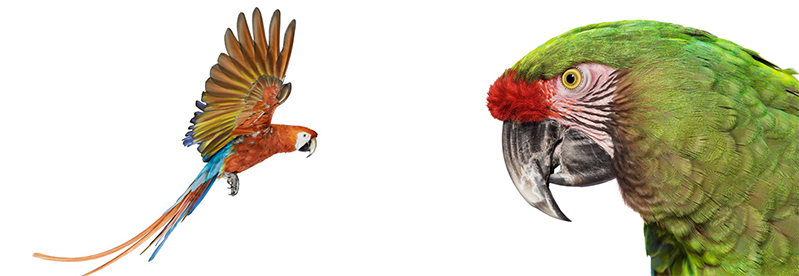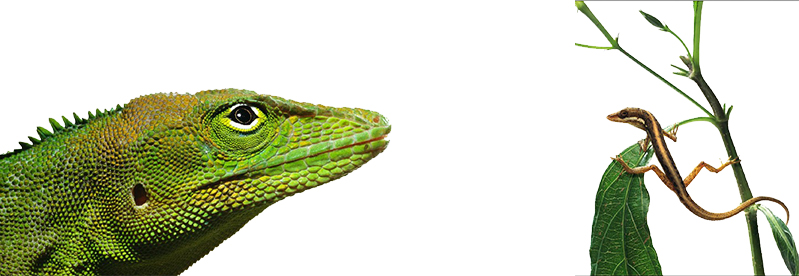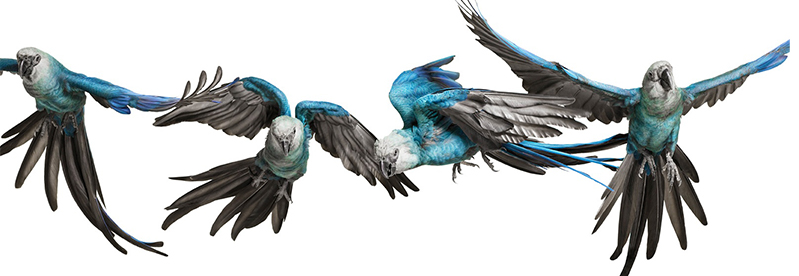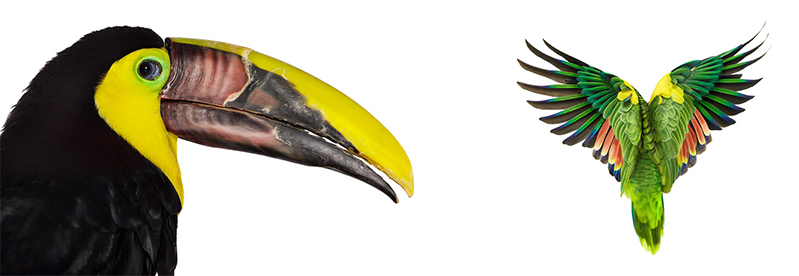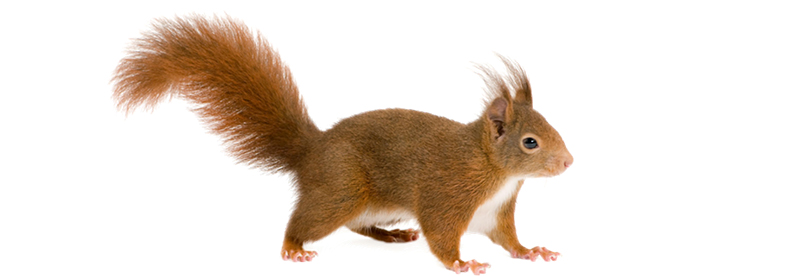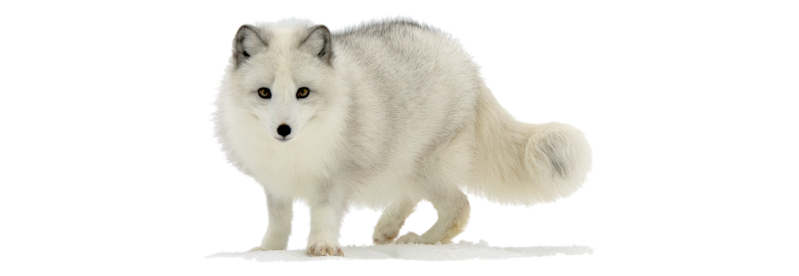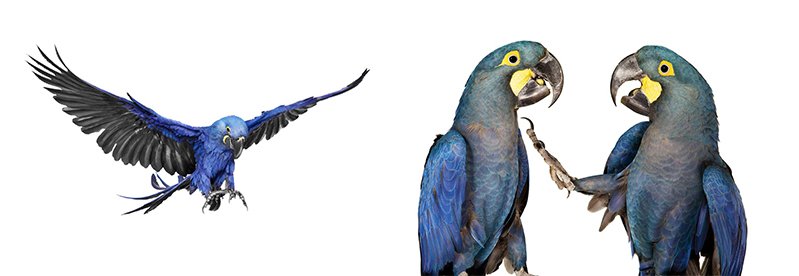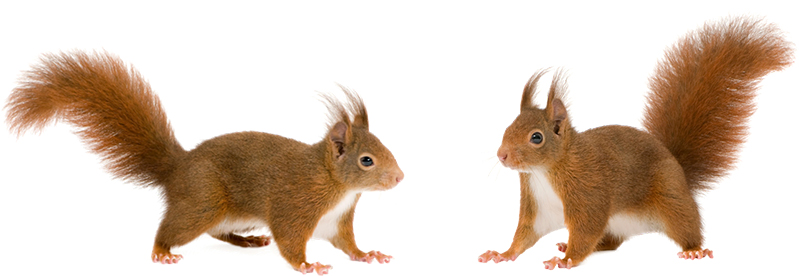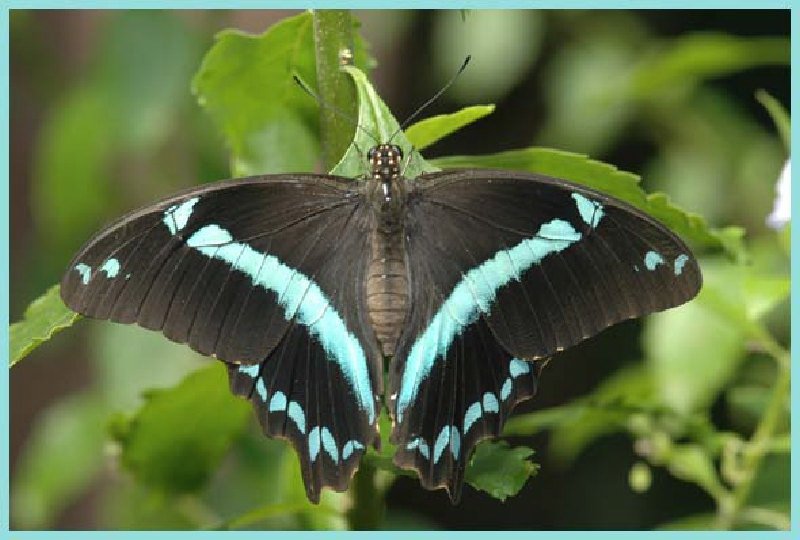
PAPILIO NIREUS(Papilio nireus)
Phylum —arthropoda
Class —insecta
Order — lepidoptera
Family —papilionidae
Genus –papilio
Appearance
The younger caterpillars are brown with ochreous spots. The older caterpillars are smooth, yellowish-green with a small eye-shaped spot on the front end of the body and two small horns on the tail.
The wingspan is 75–90 millimeters (3.0–3.5 in) in males and 85–95 mm (3.3–3.7 in) in females. The color is dark brown with a wide vertical bluish-green stripe. The underparts are dark brown with yellow spots on the edge of the hindwings.
Habitat
It is found in Sub-Saharan Africa.
Behavior
It demonstrates daily activity. Males can often be found in drying puddles, when they absorb water with minerals.
It flies year-round, with peaks from November to February.
Like other caterpillars of this family, the caterpillars of this butterfly have an osmetrium – a gland behind the head that extends in danger and looks like two long brightly colored "horns".
Diet
The larvae feed on Calodendrum capense, Teclea species, Vepris species, and Citrus species.
Butterflies feed on nectar.
Reproduction
For their reproduction you need a terrarium with a size of 50 x 50 x 70 cm. Females lay eggs on the leaves of the forage plant. The eggs are pale cream, spherical, 1.2 mm in diameter. The incubation period is 3 days.It is better to keep the caterpillars in containers with a mesh lid of 6-8 pieces. In the container, you need to place a forage plant.The temperature is 23-25 oC at the humidity of60-70%. Pupae are green with large yellow-green spots. The pupal stage lasts for 10-14 days.The butterfly lives 5-7 days.
In captivity
The mesh terrarium with a size of 50 × 50 × 70 mm is suitable for keeping butterflies. Room temperature is necessary. Daylight time is 12 hours. You can feed the butterflies with honey syrup diluted with boiled water in a ratio of 1: 10.
 Russian
Russian
 English
English

